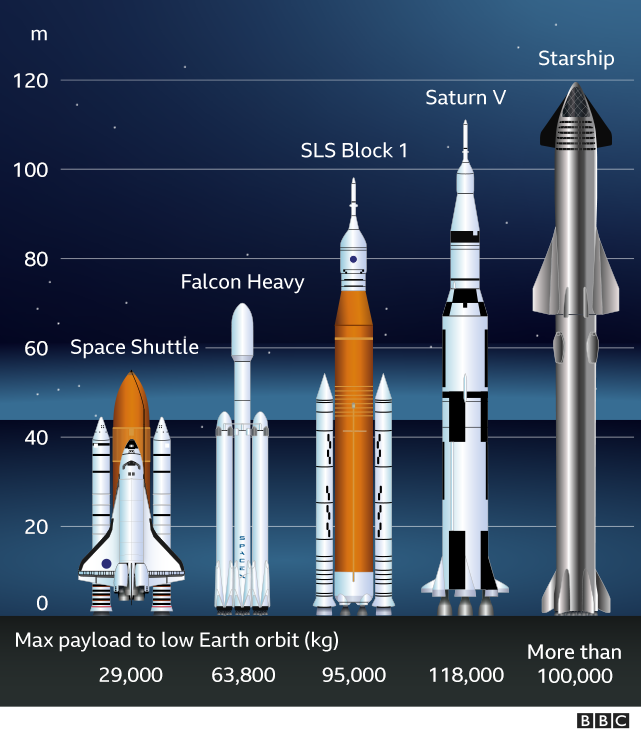The American space agency Nasa is rolling out its giant new Moon rocket to prepare it for a maiden flight.
Known as the Space Launch System (SLS), the vehicle is being taken to Pad 39B at the Kennedy Space Center in Florida for a lift-off scheduled for 29 August.
The debut outing is a test with no crew aboard, but future missions will send astronauts back to the lunar surface for the first time in over 50 years.
The near 100m-tall (328ft) SLS is riding an immense tractor to the pad.
It started moving from its assembly building at Kennedy late on tuesday evening, local time, but with a cruising speed of just over 1km/h (under 1mph), it could take 8-10 hours to complete the 6.7km (4.2 miles) journey.
This is a key moment for Nasa, which will celebrate in December the half-century anniversary of Apollo 17, the very last human landing on the Moon.
The agency has vowed to return with its new Artemis programme, using technology that befits the modern era (Artemis was Greek god Apollo’s twin sister and goddess of the Moon).
Nasa sees a return to the Moon as a way to prepare to go to Mars with astronauts sometime in the 2030s or soon after.
The SLS will have 15% more thrust off the pad than Apollo’s Saturn V rockets. This extra power will allow the vehicle to not only send astronauts far beyond Earth but, additionally, so much equipment and cargo that those crews could stay away for extended periods.
The crew capsule, also, is a step up in capability. Called Orion, it is much more spacious, being a metre wider, at 5m (16.5ft), than the historic command modules of the 1960s and 70s.
“To all of us that gaze up at the Moon, dreaming of the day humankind returns to the lunar surface – folks, we’re here! We are going back. And that journey, our journey, begins with Artemis 1,” said Nasa Administrator Bill Nelson.
“The first crewed launch, Artemis 2, is two years from now in 2024. We’re hoping that the first landing, Artemis 3, will be in 2025,” he told News.
Nasa has promised that this third mission will witness the first woman to put her boots down on the Moon’s surface.
Once the SLS arrives at its launch pad, engineers will have just over a week and a half to get the vehicle ready for flight.
Three possible launch opportunities exist at the end of the month, starting with Monday 29 August.
If technical issues or inclement weather prevent the rocket from getting off Earth on this date, a further attempt can be made on Friday 2 September, and, failing that, on Monday 6 September.
The scope of the mission is to send Orion looping around the back of the Moon before bringing it home for a splashdown in the Pacific Ocean off California.
A major objective of the test fight is to check the heatshield on the capsule can survive the heat of re-entry into Earth’s atmosphere.
A key partner on the upcoming mission is Europe.
It is providing the propulsion module that sits on the back of Orion, pushing it through space.
“More than 10 countries in Europe have been working on this European Space Agency contribution. It’s a hugely important moment for us,” explained Siân Cleaver from aerospace manufacturer Airbus.
“The European Service Module is not just a payload, it’s not just a piece of equipment – it’s a really critical element because Orion can’t get to the Moon without us.”
While Nasa is developing the SLS, the American rocket entrepreneur Elon Musk is preparing an even larger vehicle at his R&D facility in Texas.
He calls his giant rocket the Starship, and it will play a role in future Artemis missions by linking up with Orion to get astronauts down to the surface of the Moon.
Like SLS, Starship has yet to have a maiden flight. Unlike SLS, Starship has been designed to be totally reusable and ought therefore to be considerably cheaper to operate.
A recent assessment from the Office of Inspector General, which audits Nasa programmes, found that the first four SLS missions would each cost more than $4bn to execute – a sum of money that was described as “unsustainable”.
The agency said changes made to the way it contracts industry would bring down future production costs significantly.
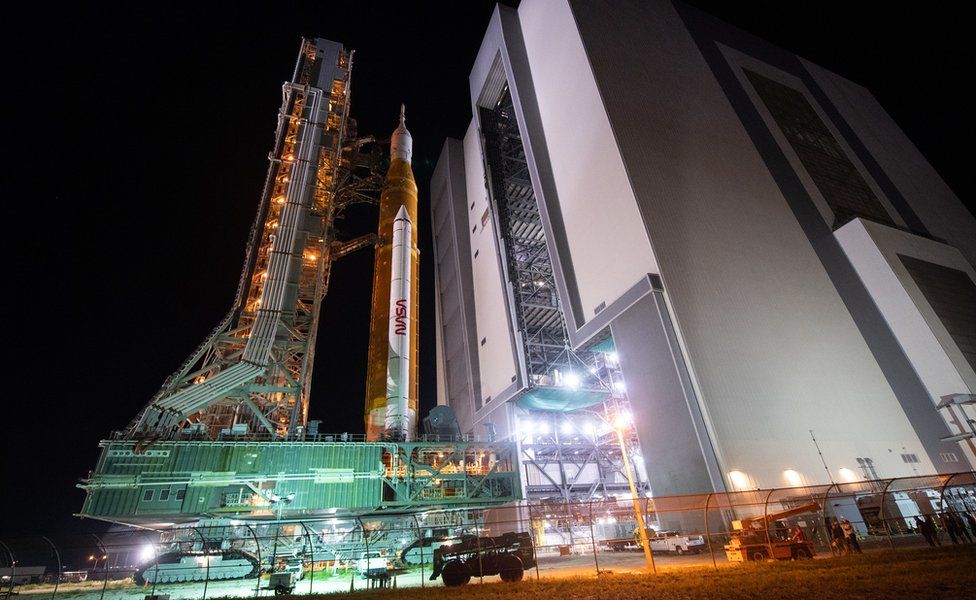
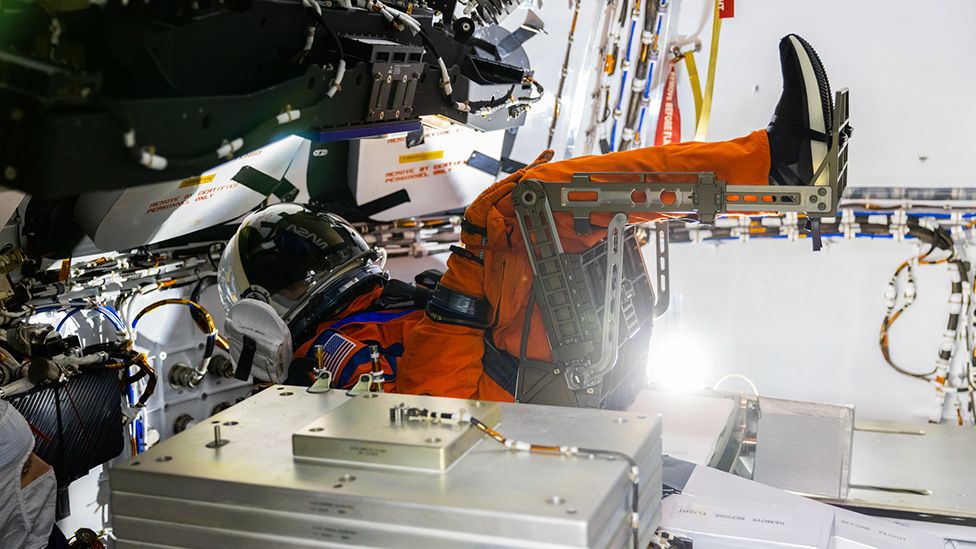
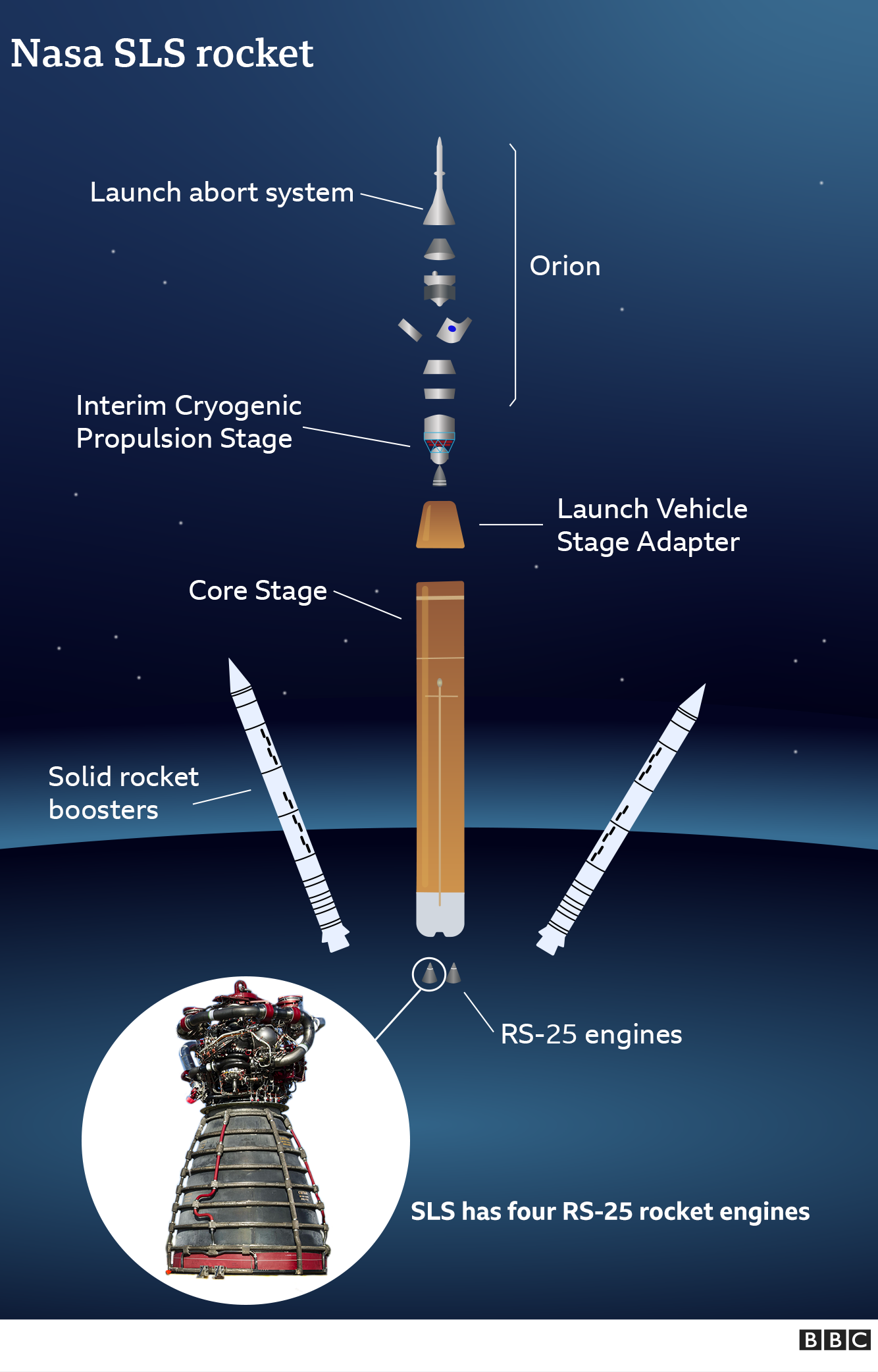
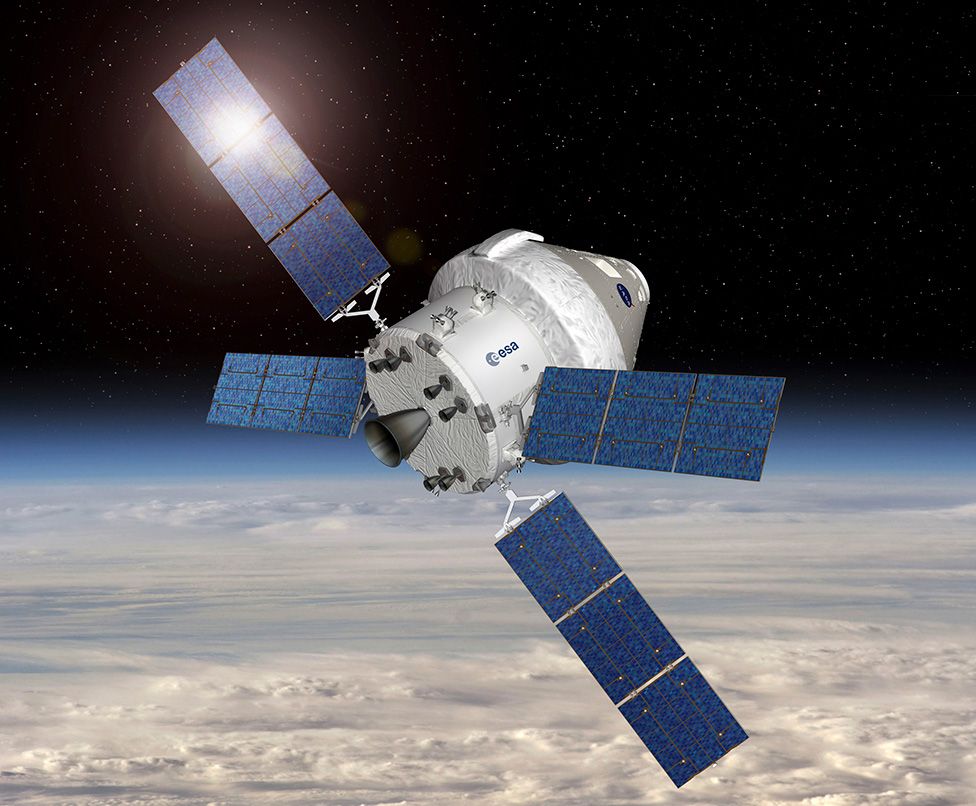
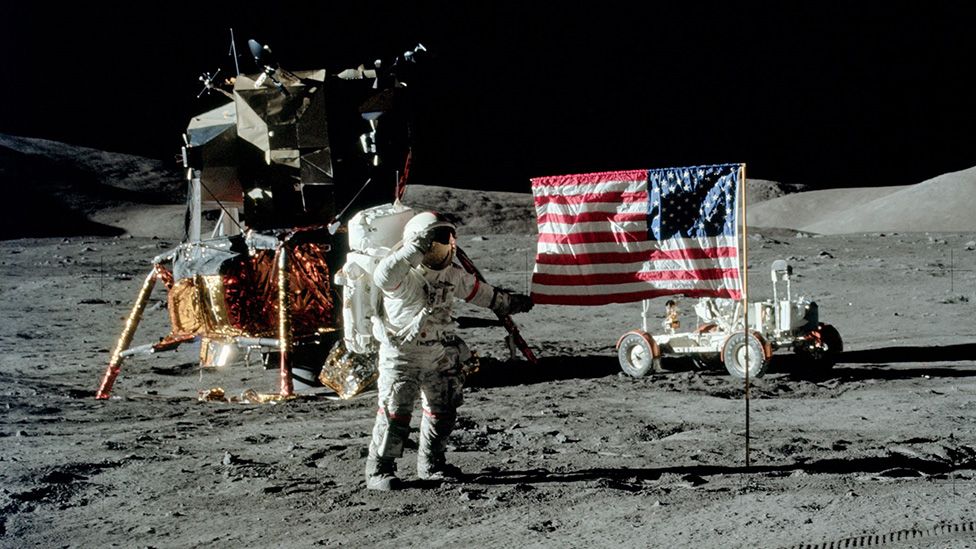
Gas prices dropping, with several stations in Cleveland area below $3 per gallon
Ohioans paid record prices for gas for a Thanksgiving holiday this year, but drivers could see a much different situation by the time Christmas arrives. Decreasing demand and the falling price of oil are causing a decline in gas prices in Ohio and across the nation,...
World Food Programme ups aid to Lebanon to $5.4bn over three years
The World Food Programme will give $5.4 billion in aid over the next three years to Lebanon, which is grappling with a devastating economic crisis that has plunged much of the population into poverty. The announcement came after a meeting between caretaker Prime...
Lebanon to adopt exchange rate closer to currency’s real value
Lebanon's Central Bank will adopt an exchange rate for dollar withdrawals that is closer to the crashing currency's real market value, central bank governor Riad Salemeh said in a televised interview on Monday. “We are in the process of unifying the exchange rates”,...
Lebanon’s tricky search for a consensus to pick a president
The Taif Accord of 1989, which led to fundamental constitutional changes in Lebanon, reduced the powers of the country’s president. Yet the institution is significant. According to the constitution, the president, who by custom is always a Maronite Christian, is...
Ohio reports 9,424 more COVID-19 cases; six-day coronavirus update for Wednesday, Nov. 23
Ohio dipped below the benchmark of 10,000 COVID-19 cases this week, dropping from 10,170 last week to 9,424. However, this good news has a slight caveat. The Ohio Department of Health typically releases updated weekly COVID-19 data on Thursday. However, because of...
Submit your event
We will be happy to share your events. Please email us the details and pictures at publish@profilenewsohio.com
Address
P.O. Box: 311001 Independance, Ohio, 44131
Call Us
+1 (216) 269 3272
Email Us
Publish@profilenewsohio.com

